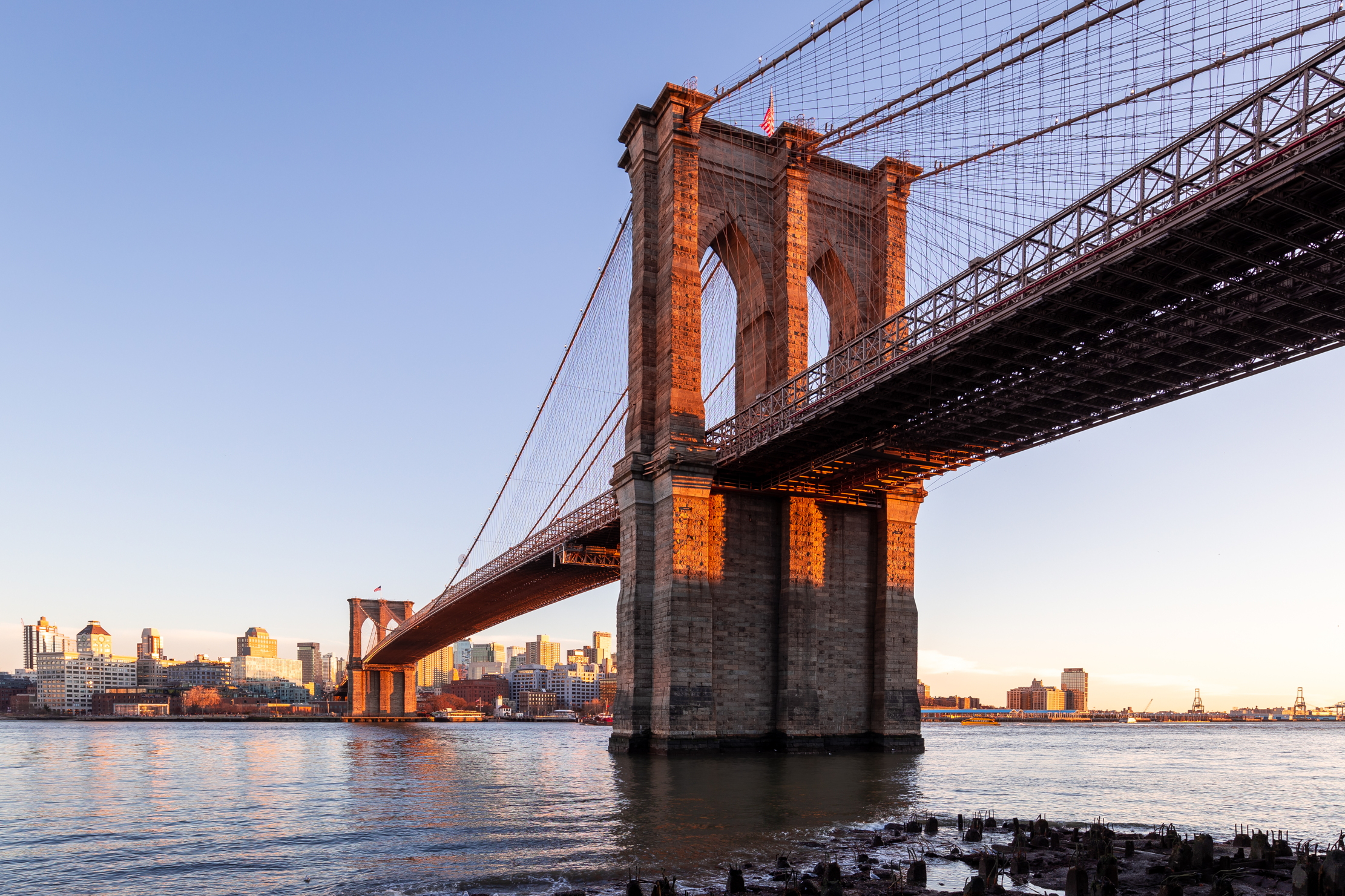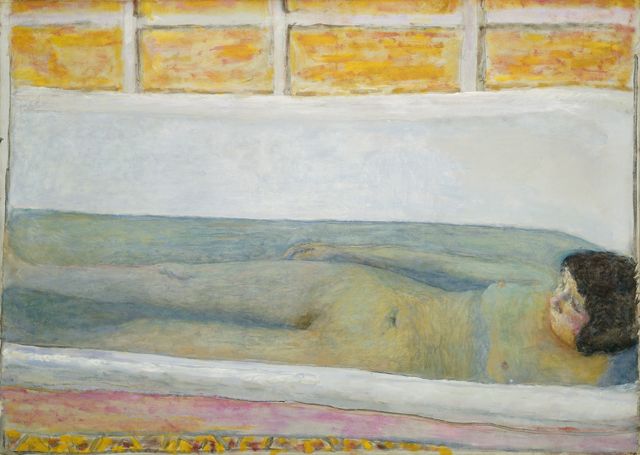My favourite painting: Robert Kime
Robert Kime shares his fondness for New Year Snow by Ravilious


Robert Kime chooses New Year Snow, 1938, by Eric Ravilious (1903–42), 23in by 181⁄2in, Private Collection
Robert Kime says: ‘If you walk landscapes, you’ll have a moment when a landscape like this hits you. I don’t know why, it’s just a moment: trees in a straight line; trees tumbling down a hill. It reminds me of lots of bits of landscape I know well, but haven’t necessarily been to.
‘Ravilious was a perfect naturalist. He died so young, but I don’t know what else he could have said about this country—he’d summed it up for me. He always got the point of what the British landscape was like.’
Robert Kime is an antiques dealer and interior designer
John McEwen comments on New Year Snow: ‘Eric Ravilious’s father was an antiques dealer. In Eric’s childhood, the family moved from Acton to Eastbourne, where a scholarship to the art school first raised his artistic interest. Another scholarship took him to London’s Royal College of Art, where his tutor, Paul Nash, was a decisive influence. Nash described the Ravilious intake as ‘an outbreak of talent’.
Percy Douglas Bliss, one of its leading lights, recalled Ravilious and Edward Bawden as ‘far more advanced’ artistically than the other students. In 1925, Ravilious won a travelling scholarship to Italy and began to teach part-time at Eastbourne School of Art. He completed his first mural commission with Bawden and, like him, his career followed parallel paths in industrial and commercial design, printmaking and murals as well as watercolours of interiors, townscapes and landscapes. People were rarely included and he disliked oil paint.
‘He used watercolour in a sparse way learned from Nash, the crisp clarity of the paper spared to provide an overall glimmer. It fitted with his favourite landscape, the Sussex chalk downs, and here with snow in Wales. The picture was done on a painting trip to Capel-y-ffin, just over the border from Herefordshire in the Brecon Beacons, a place that had recently been put on the artistic map by Eric Gill and David Jones.
Sign up for the Country Life Newsletter
Exquisite houses, the beauty of Nature, and how to get the most from your life, straight to your inbox.
‘Ravilious took pleasure in man-made objects and machinery, a human indication often featured in his pictures at odds with the convention of the ‘unspoilt’ view. He never learned to drive and always drew outdoors, barely visible colour notes suggesting paint was applied indoors later—a procedure that didn’t dim the freshness of first experience.’
Country Life is unlike any other magazine: the only glossy weekly on the newsstand and the only magazine that has been guest-edited by HRH The King not once, but twice. It is a celebration of modern rural life and all its diverse joys and pleasures — that was first published in Queen Victoria's Diamond Jubilee year. Our eclectic mixture of witty and informative content — from the most up-to-date property news and commentary and a coveted glimpse inside some of the UK's best houses and gardens, to gardening, the arts and interior design, written by experts in their field — still cannot be found in print or online, anywhere else.
-
 What should 1.5 million new homes look like?
What should 1.5 million new homes look like?The King's recent visit to Nansledan with the Prime Minister gives us a clue as to Labour's plans, but what are the benefits of traditional architecture? And can they solve a housing crisis?
By Lucy Denton
-
 The battle of the bridge, Balloon Dogs and flat fish: Country Life Quiz of the Day, April 15, 2025
The battle of the bridge, Balloon Dogs and flat fish: Country Life Quiz of the Day, April 15, 2025Tuesday's quiz tests your knowledge on bridges, science, space, house prices and geography.
By James Fisher
-
 My favourite painting: Allan Mallinson
My favourite painting: Allan MallinsonMilitary historian Allan Mallinson picks an image of 'faith, generosity and ultimate sacrifice'.
By Charlotte Mullins
-
 My Favourite Painting: Piet Oudolf
My Favourite Painting: Piet Oudolf'One cannot sense whether he is far out on the ocean or closer to shore, or what he may be watching or feeling in that moment as he stares towards the beach.’
By Country Life
-
 My Favourite Painting: Mary Plazas
My Favourite Painting: Mary Plazas'There is compassion, awe, humility, a knowing yet a questioning in the glistening eyes. It moves me, it inspires me beyond the need to know.’
By Country Life
-
 My Favourite Painting: Anna Pavord
My Favourite Painting: Anna PavordAnna Pavord chooses a picture which reminds her of where she grew up
By Country Life
-
 My favourite painting: The Duchess of Wellington
My favourite painting: The Duchess of WellingtonThe Duchess of Wellington chooses her favourite painting for Country Life.
By Country Life
-
 My favourite painting: Maureen Lipman
My favourite painting: Maureen LipmanMaureen Lipman chooses her favourite painting for Country Life.
By Country Life
-
 My favourite painting: Jacqueline Wilson
My favourite painting: Jacqueline Wilson'I looked at this painting and decided to write about a Victorian circus girl one day'
By Country Life
-
 My favourite painting: Lauren Child
My favourite painting: Lauren ChildLauren Child chooses her favourite painting for Country Life.
By Country Life